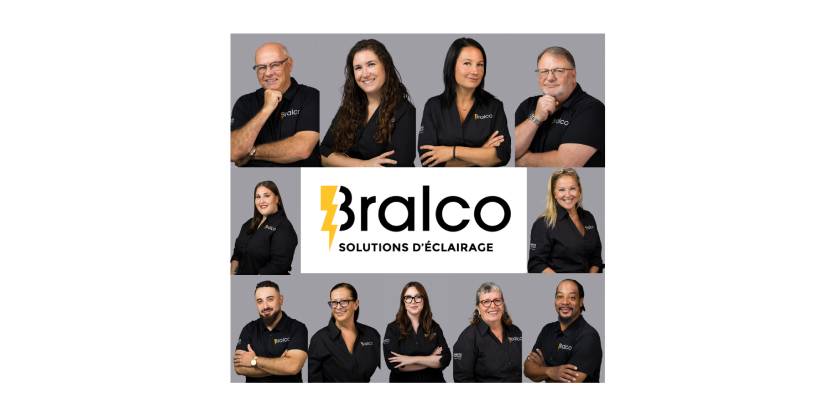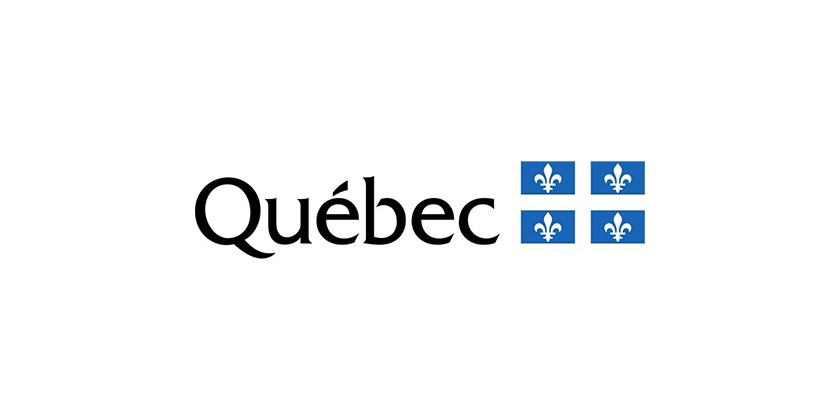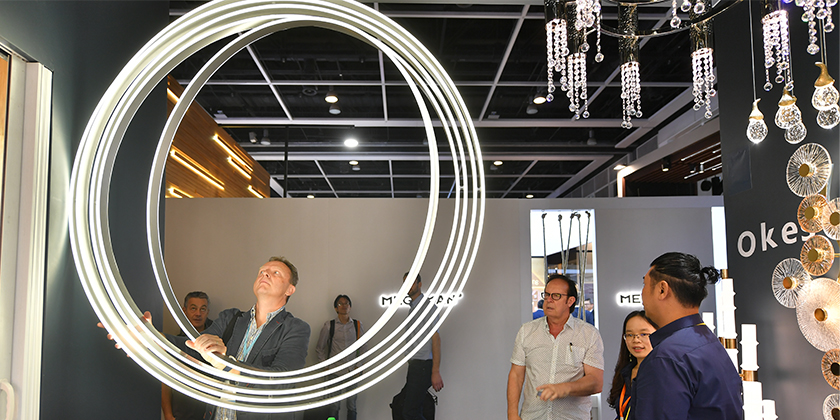Des idées pour mettre un programme de parrainage en place

Vous désirez mettre un programme de parrainage en place pour assurer la transmission des connaissances dans votre entreprise. Voici des points importants à considérer. Il faut d’abord déterminer le but que l’organisation désire atteindre avec ce programme. S’assurer ensuite que la rétroaction est régulière et tenir un agenda à jour, c’est-à-dire répondre aux questions suivantes : combien de temps le programme sera-t-il en place? Y a-t-il une limite dans le temps? S’assurer également que le programme définit clairement les connaissances qui seront partagées. Il est de plus important de déterminer les ressources qui seront nécessaires tant pour les parrains que pour les parrainés. Voici différents types de parrainage.
Key considerations:
• Determine the actual purpose, output and/or outcome the organization is trying to achieve with the program:
o ensure the feedback is regular, holds to a clear schedule for a constant channel of feedback(i.e., how long does the mentorship program last?Is there a time limit: four months, eight months,two years, etc.? How many checkpoints are therebetween the mentor and mentee?).
o ensure the program clearly outlines what will be shared: learnings and key lessons from senior leadership to manager/directors (succession planning); how is this aligned with succession planning needs?
• Determine the resource requirements (e.g. financial,if any) and, most importantly, the time commitments from both mentors and mentees.
Here are three different types of mentorship models:
A. Reverse mentorship – millennial mentors executive and executive mentors millennial
• Millennial can teach executive the possible ways of using social media to increase brand awareness or sales; used as a brainstorm and promotes open channels of dialogue
• Executive can mentor millennial and help them understand a different sides of the business, strategic thinking. and/or critical thinking. Optimal for succession planning, retention and professional development
B. Group mentoring
• Leadership circles: these can be held in-person or by using a digital social platform for the entire company and/or specific divisional groups.The leadership circles allow groups to teach one another about different topics and subjects
• Enables peer-to-peer learning on a social collaboration platform
C. Anonymous mentoring
• Uses psychological testing and background review to match mentees with trained mentors outside the organization (industry wide). Providesan opportunity for honest, timely and useful coaching
From the EFC/yconic industry report: The Talent Gap: Understanding the Millennial Mindset. For more information please contact Swati Patel at spatel@electrofed.com or 647-260-3090.












